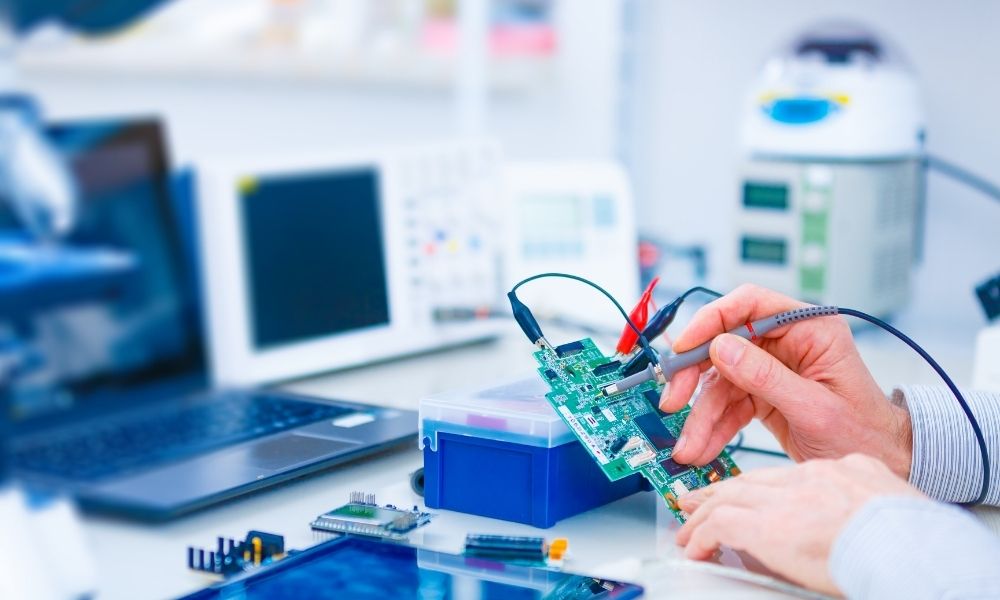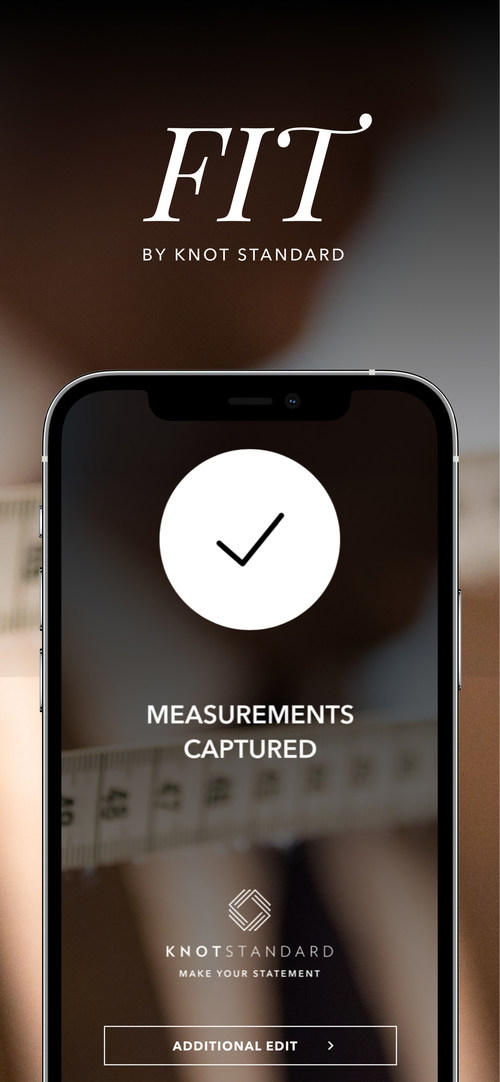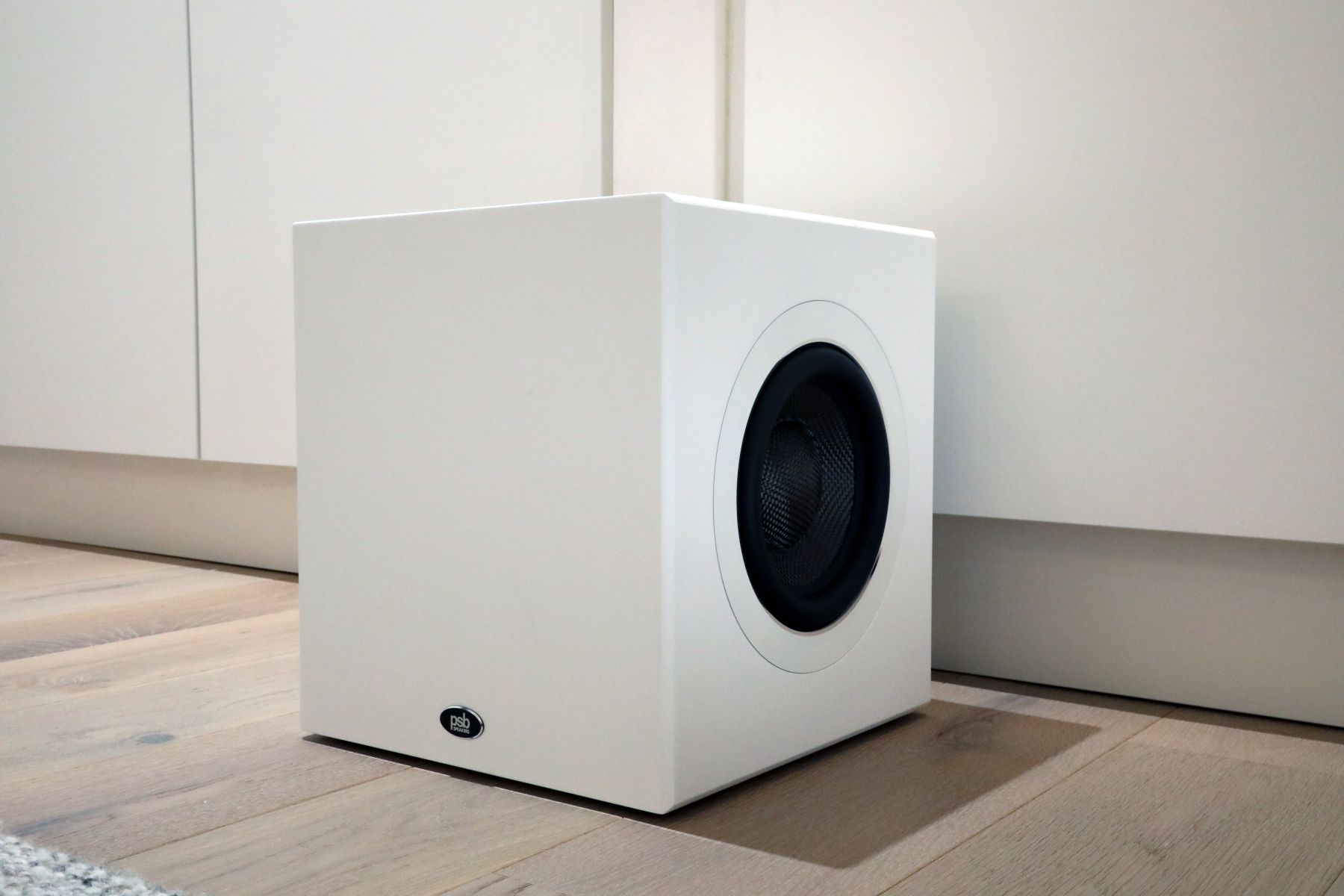Best Practices for Designing a Medical Device

Like all inventions, medical device design starts with nothing more than an idea. A medical professional looks at the tools available for their job and realizes there should be a better way of doing things. However, this spark of innovation is only the first step in a long process of designing, testing, and striving to meet rigorous standards and regulations. You must jump through many hoops to turn ideas into products that are safe and effective enough to release onto the market. That’s why it’s crucial to follow these best practices for designing a medical device.
Focus On User Experience
If end-users can’t figure out how to operate a device, then the product is useless. Easy, simple, and intuitive operation allows medical professionals to work more effectively, creating safe and efficient treatment for patients. Medical device developers should focus on simplicity and efficiency over more complicated qualities like freedom or flexibility. Medical devices are task-based tools that need to do one job. When device developers focus on making that singular job as easy as possible, they create a device that is fast, reliable, and accurate—all necessary qualities for the medical field.
Pick Your Partners Carefully
Many companies and partners can help you turn your device concept into a reality. However, there are also plenty of people who can make the process more expensive and difficult. That’s why the best practices for designing a medical device include choosing your partners and outsourced services carefully. You want a development firm with years of experience and myriad successful case studies. You should also keep an eye out for various certifications and standards. For example, working with an ISO 13485 certified company guarantees that your partner is experienced, credible, and well-versed in industry compliances and regulations. Finally, pay attention to how your partner works. What resources and equipment do they have to get the job done? Do they outsource any of their processes? By taking your time and asking these and other questions, you can find a partner who works well with you, your design, and your needs throughout the entire development process.





